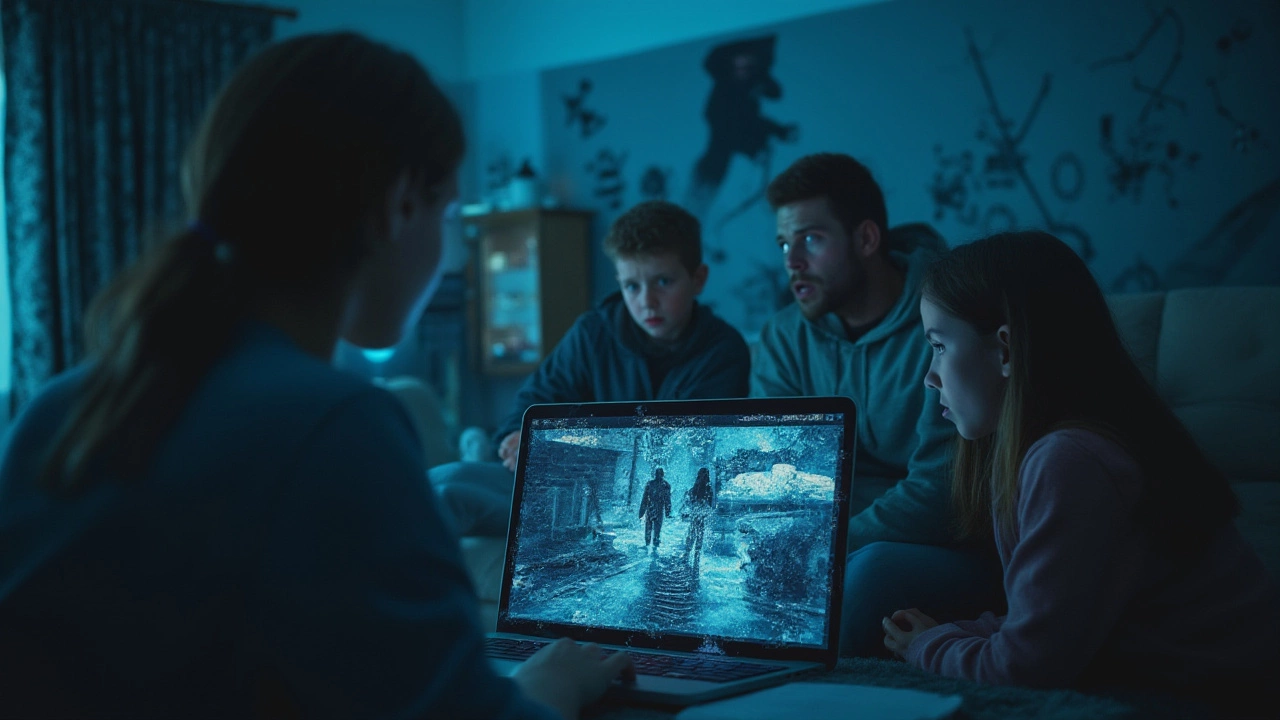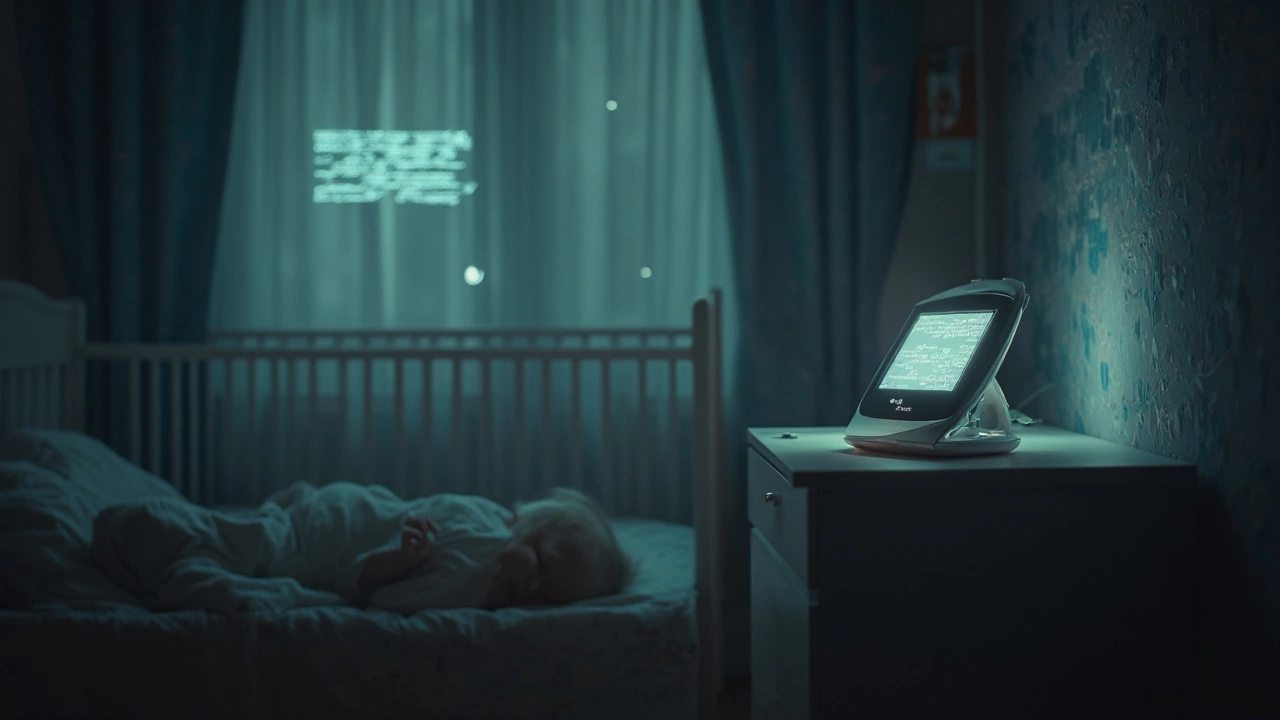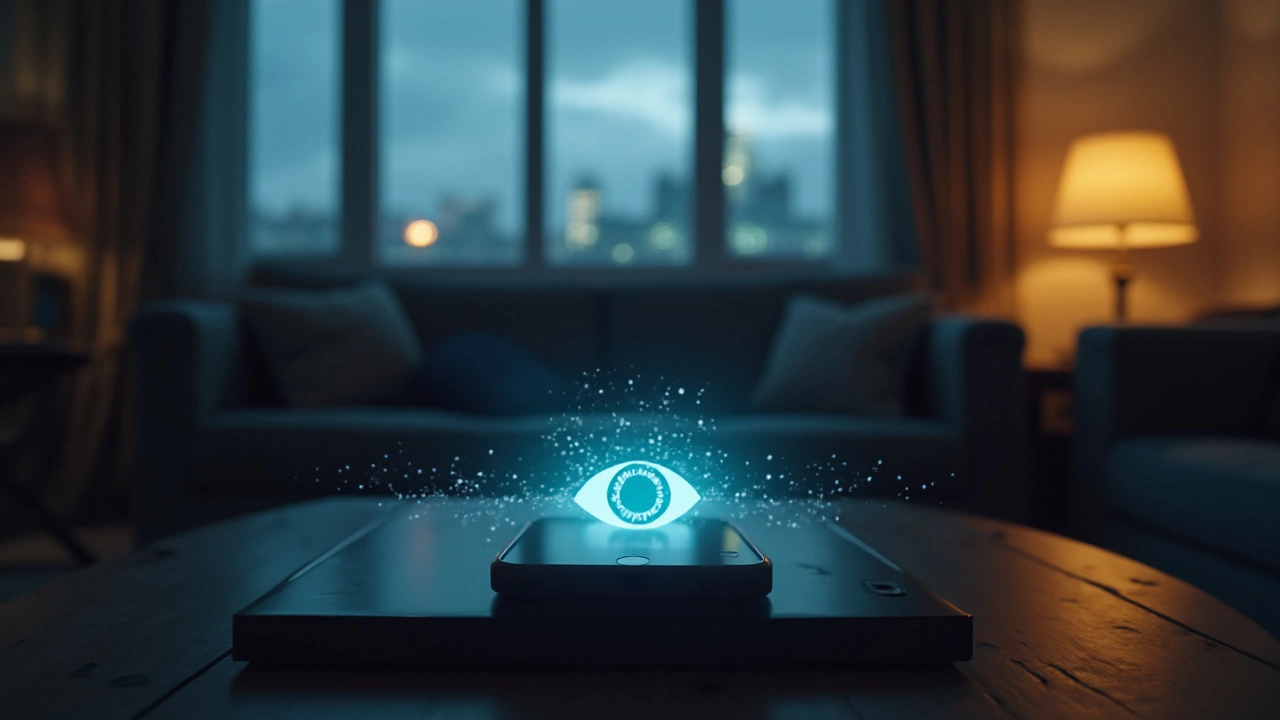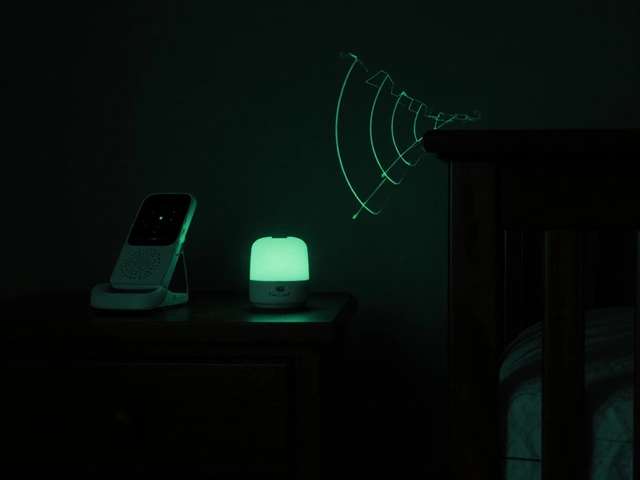Camera Hacking: Spot the Threat and Secure Your Home
Ever blinked at your security feed and seen something weird? Maybe a pixel flicker, a strange login, or footage that jumps at odd times. Those are the clues a hacker might be snooping on your cameras. The good news? Most of the tricks they use are simple, and you can block them without hiring a tech guru.
Common Ways Hackers Breach Cameras
First up, default passwords. Manufacturers ship devices with "admin" or "123456" to make installation fast. If you never change that, you hand the door wide open. Second, outdated firmware. Each update patches a known vulnerability, so an old version is a playground for attackers. Third, unsecured Wi‑Fi. A weak network password or an open hotspot lets anyone sniff the traffic and grab the camera’s stream. Fourth, UPnP (Universal Plug and Play). It’s meant to help devices talk, but it also auto‑opens ports that hackers love. Finally, shared accounts. If more than one person knows the login and you’re not tracking usage, you can’t tell who leaked it.
Simple Steps to Harden Your Camera System
Start by changing the admin password to something long and random—think a mix of letters, numbers, and symbols. Write it down in a secure place if you need to remember it. Next, log into the camera’s web portal and check for firmware updates. Most brands now push updates automatically, but it doesn’t hurt to click “Check now”.
Secure your Wi‑Fi network. Use WPA3 if your router supports it; otherwise, WPA2 with a strong passphrase is the minimum. Create a separate guest network for smart devices and keep your main computers on a different SSID. This isolation stops a compromised camera from seeing your other devices.
Turn off UPnP in your router settings unless you really need it. If you do need it for a specific function, enable it only for the necessary devices and disable it afterwards. Also, change the default ports the camera uses. Moving from port 80 to something like 8088 makes it harder for automated scans to find you.
Enable two‑factor authentication (2FA) wherever the camera brand offers it. Even if a hacker guesses your password, they’ll hit a second wall. If 2FA isn’t available, at least set up login alerts so you get an email or push notification each time someone accesses the system.
Finally, cover the lens when the camera isn’t needed. Physical privacy matters, and a simple lens cap prevents visual spying. Regularly review the footage for gaps or unexpected motion. If you notice the camera’s clock drifting or recordings missing, it could signal tampering.
Camera hacking might sound high‑tech, but most attacks exploit basic mistakes. By tightening passwords, keeping firmware current, securing your Wi‑Fi, and disabling unnecessary services, you lock out the easy routes hackers love. If you want a professional check‑up or a fully managed solution, Birmingham Security Command Center can audit your system and set up hardened monitoring 24/7.






